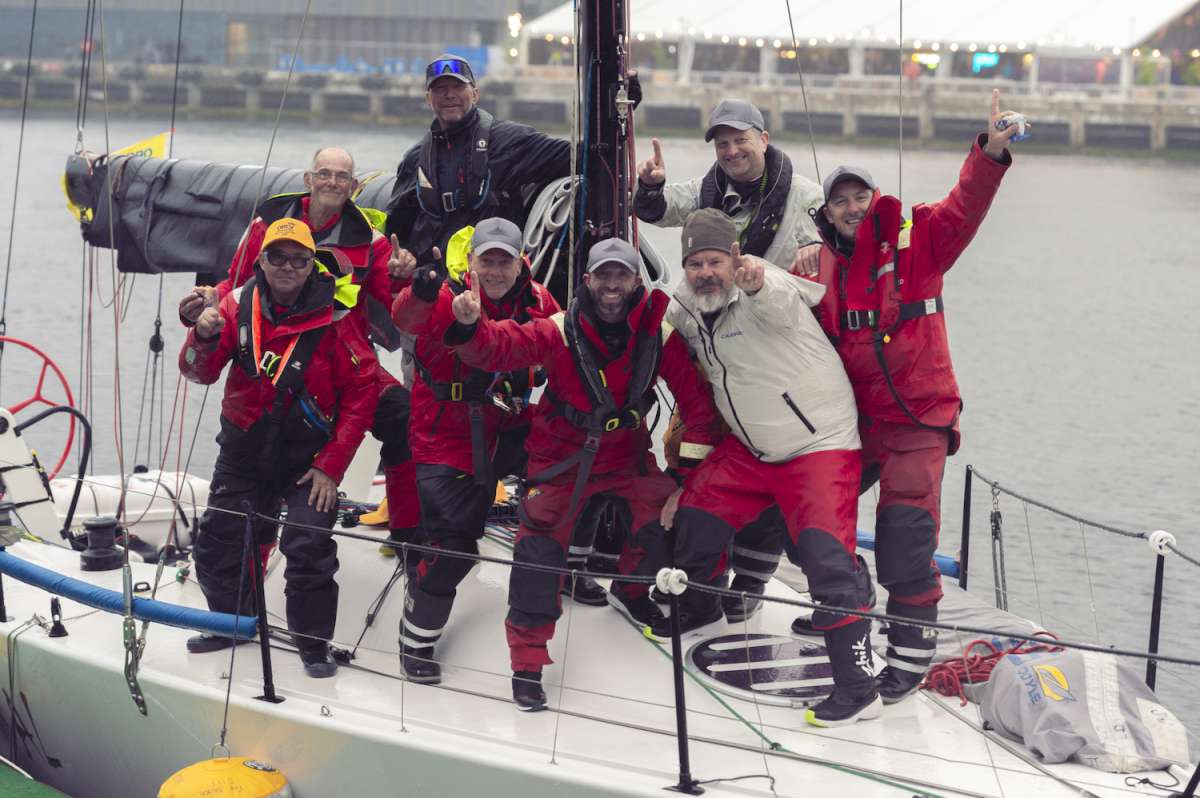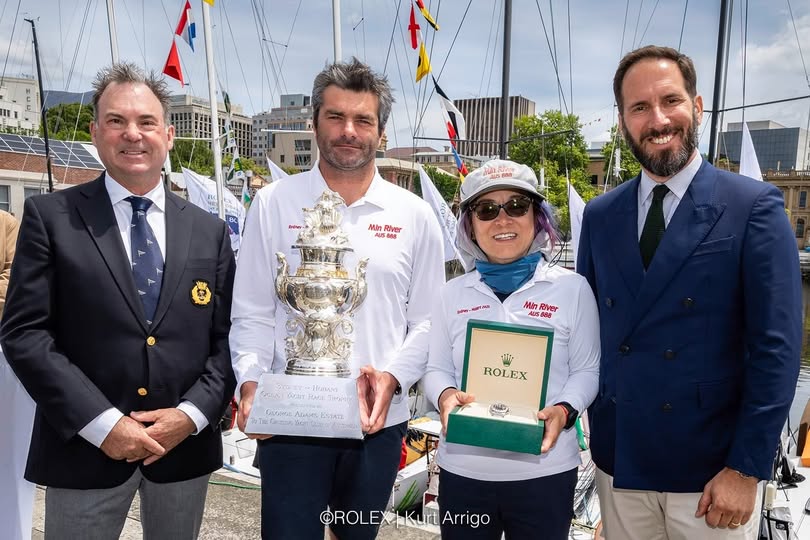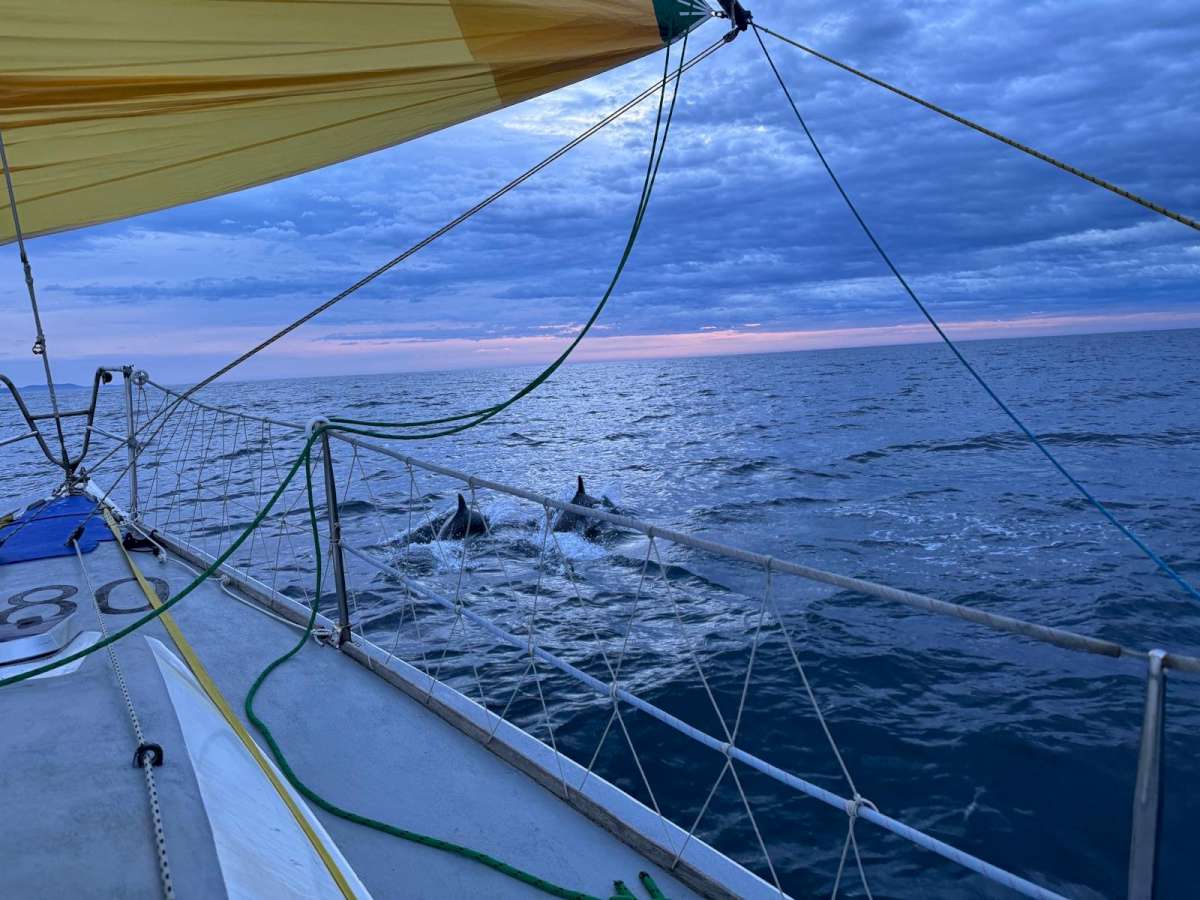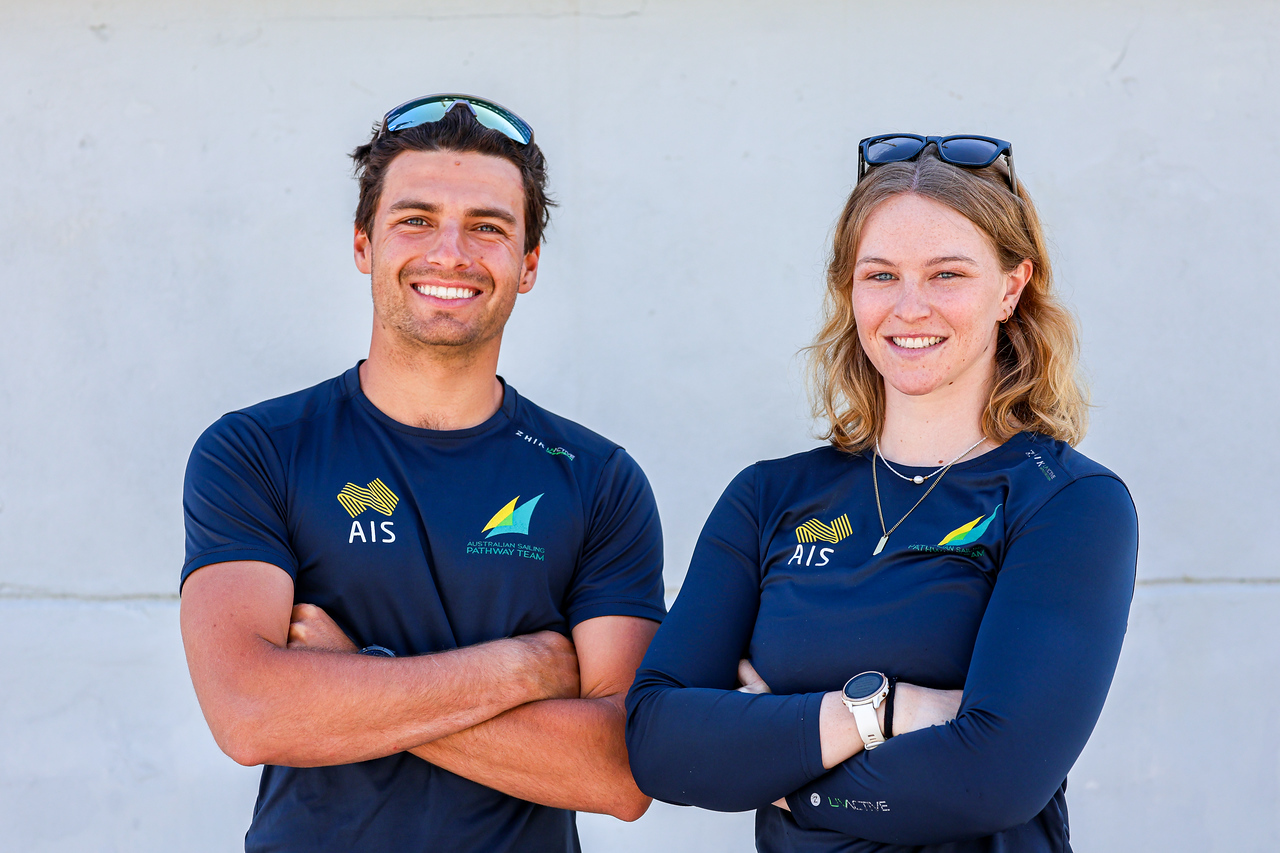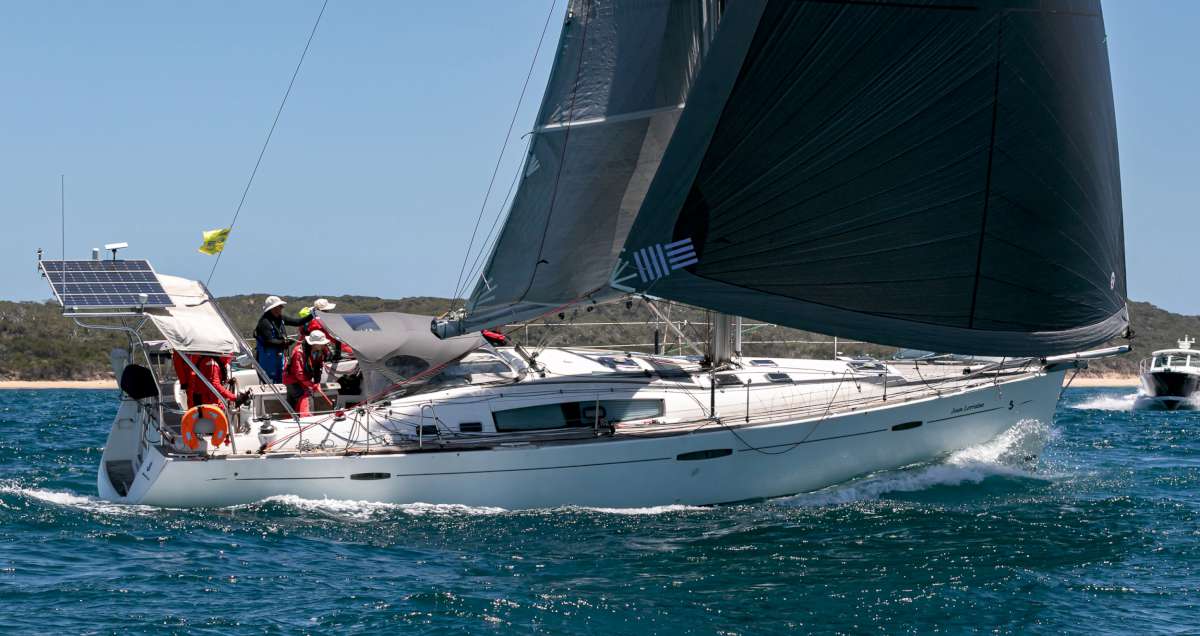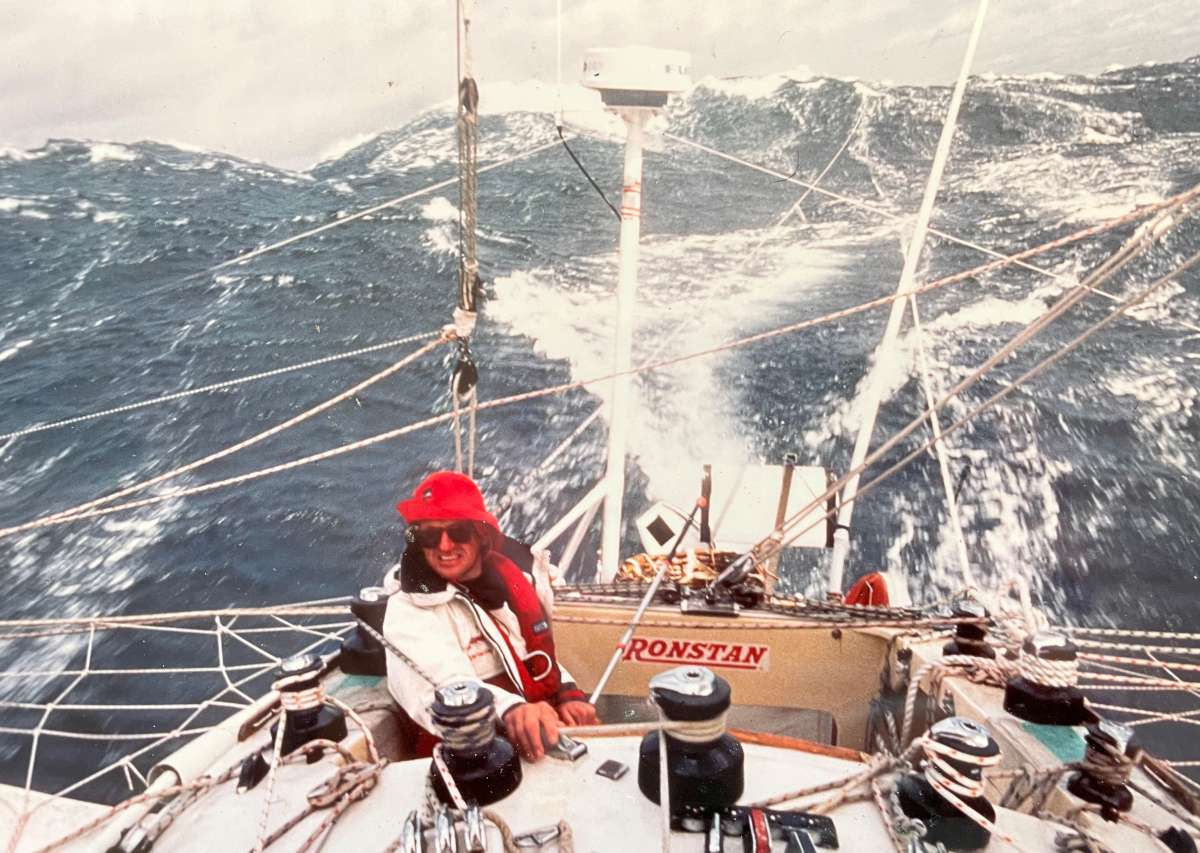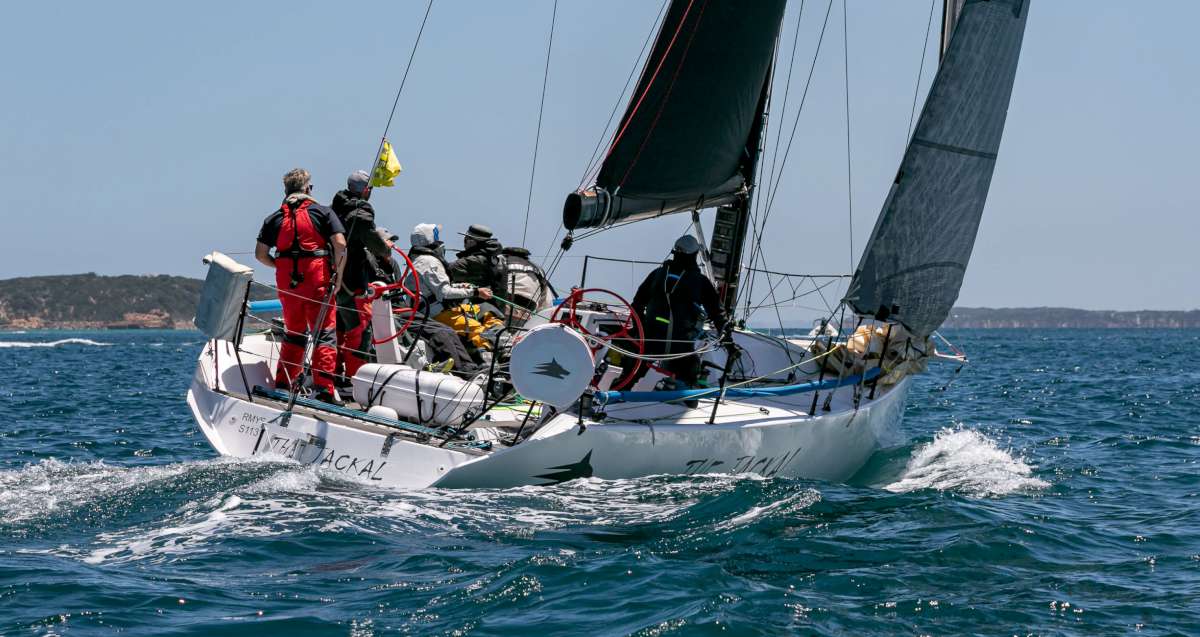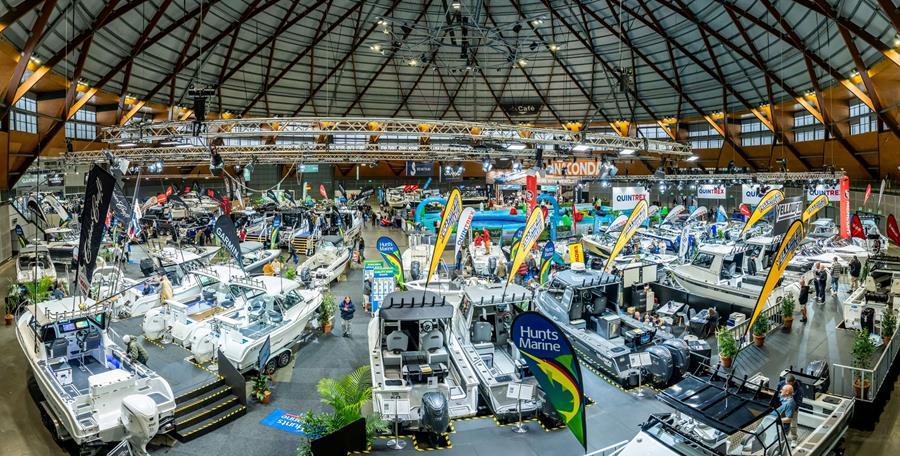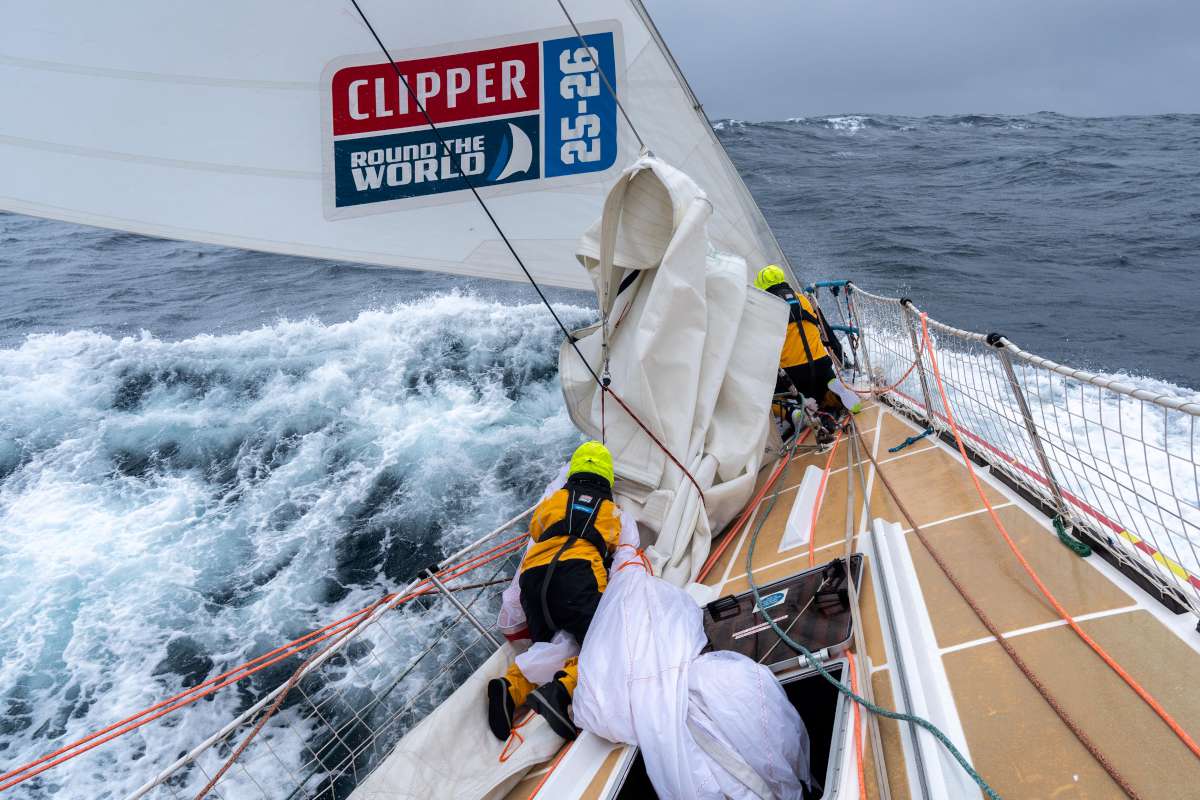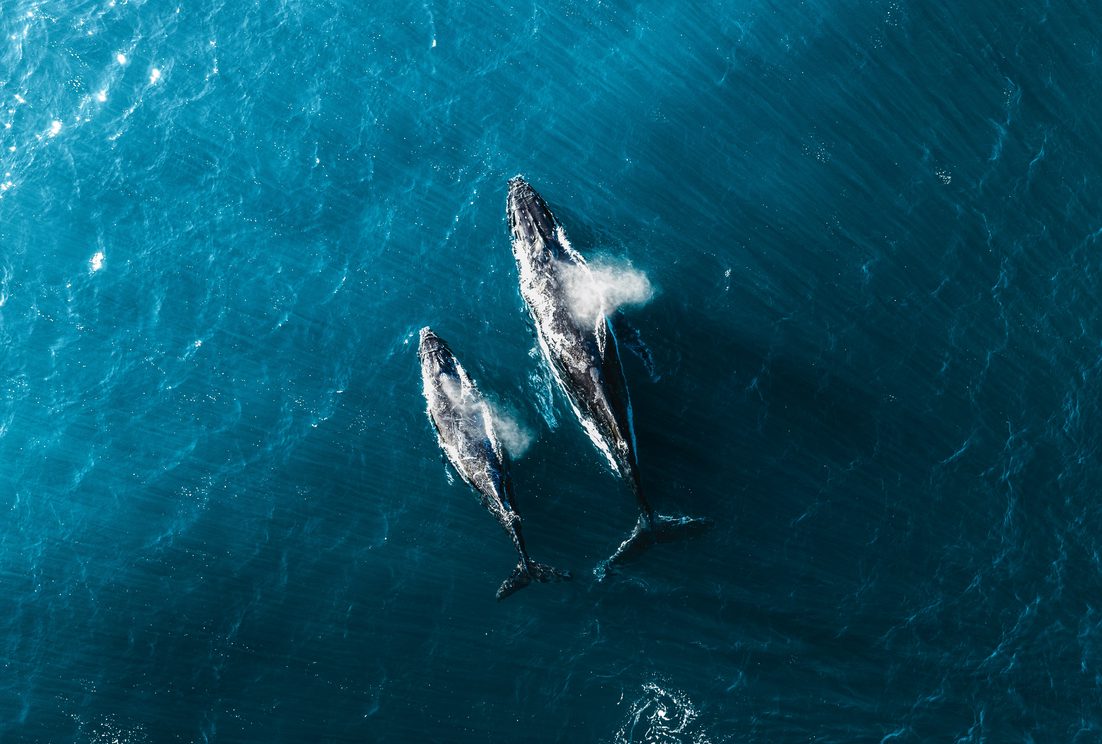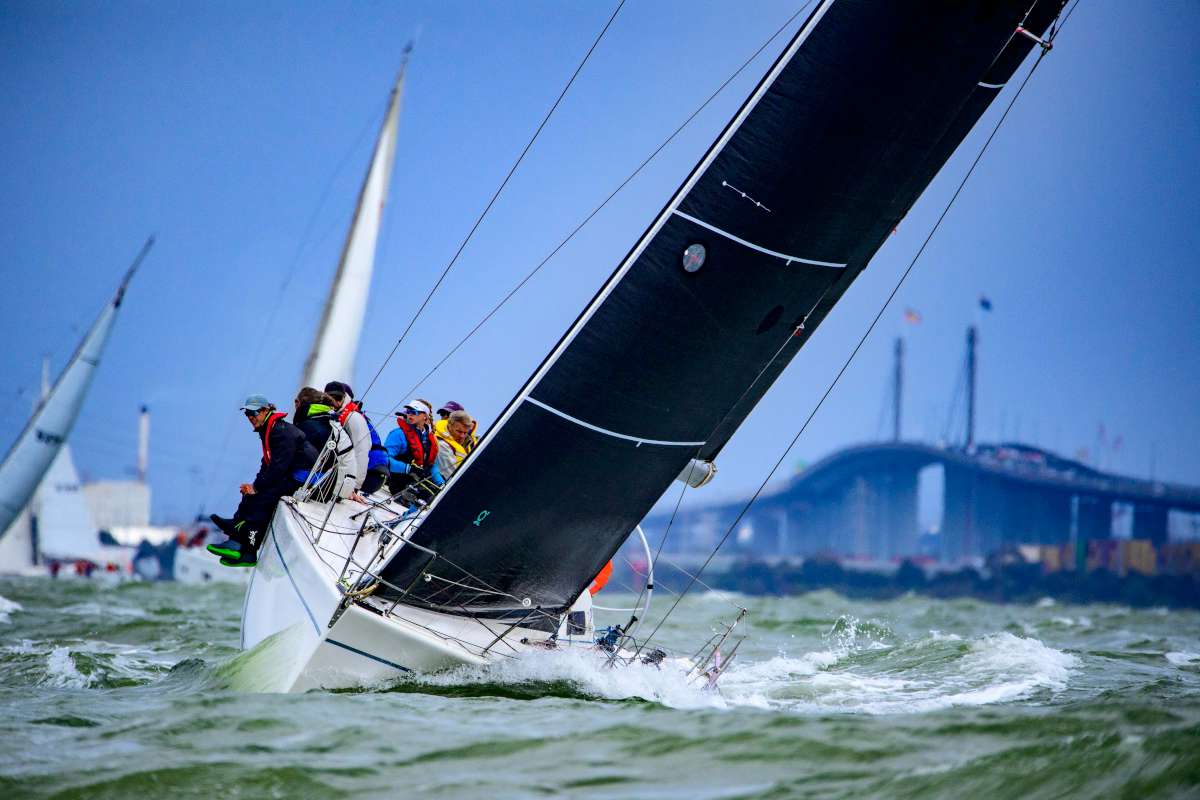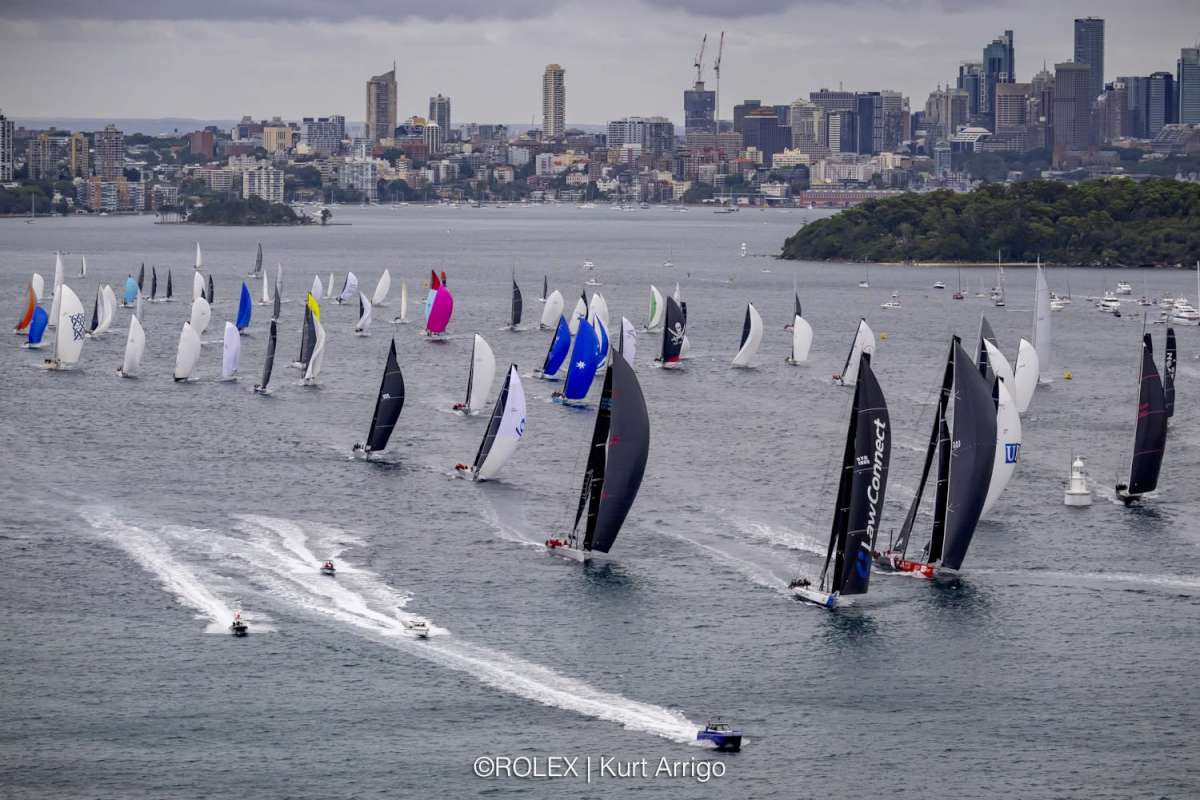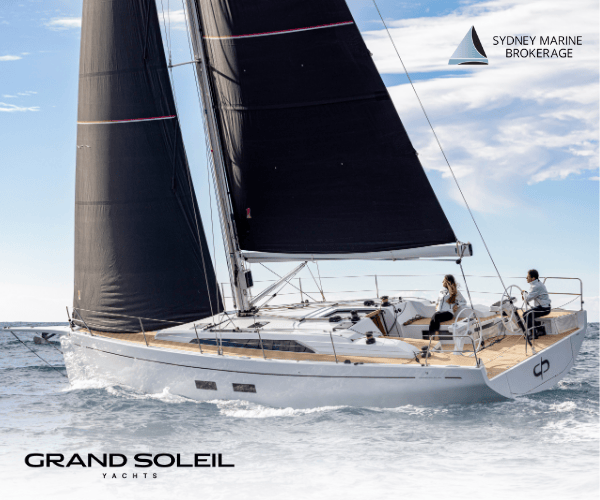Small boat and big boat sailors can learn so much from each others' worlds, by Tony Bull.
One of the new buzzwords we hear floating about these days is cross-training. In order to get fully fit it is not enough to just embrace one exercise regime. We need to partake in some running or cycling for aerobic fitness, some weight routines for muscle tone and play some games to improve our hand/eye co-ordination. All together they give us a much more rounded fitness benefit than persevering in one discipline only. Even athletes as diverse as sprinters and weightlifters are embracing the benefits of cross-training.
Similarly we can go a long way to improve our sailing by taking on different styles of sailing to enhance our skills. Recently I was invited to sail a JB 5/50 in the Australian Masters Games in Geelong and besides being a very steep learning curve, it was a lot of fun in a very convivial environment. It also (eventually) brought out some long-forgotten skills.
The real sailors?
There is so much the keelboat sailor can learn from a stint in dinghies or a smaller one-design boat, and vice versa. Dinghy and one-design sailors will often try to tell you they are the real sailors, relying on skill and natural ability, and for the most part they are right.
I recently overheard a keelboat sailor approach an ex-Olympian in the bar for some advice on becoming a better yachtsman. He was told to leave his boat on the mooring for 12 months and buy a Laser. Harsh but true! What the Olympian was trying to imbue was the need to develop a more natural feel for sailing. Many keelboat sailors develop an unhealthy reliance on instruments and data.
One thing that most leading sailors have in common is a childhood filled with many years of racing or simply mucking around in dinghies, where innate skills are honed. Late-comers to the sport may never be able to overcome the benefits of these early developmental years, but will be able to become much better sailors if they give some small boat sailing a go.
People with extensive dinghy experience generally have a much better feel for sailing a boat fast and can almost sense an impending gust or lull with inbuilt anticipation and are ready to react, while a lot of keelboat sailors seem more likely to have the change hit them and then react in mechanical fashion.
In waves particularly, dinghy sailors are generally much better steerers, because in a small craft the effect of bouncing badly on a wave is far more dramatic than on a larger boat and often you can lose several boat lengths straight away, so as a result sailing in waves becomes a crucial skill.
It is worth pointing out that any mistake in a dinghy often results in a swim, while in a keelboat nothing quite as drastic usually eventuates, so the honing of skills in off-the-beach boats is enhanced by self-preservation.
Toe in the water
Getting started in small boats is relatively easy, as there are always old Lasers, Mirrors, Herons and Hobie Cats going cheap and these are fine for entry level sailing if you want to do your own thing. The Laser with its multiple rig choices is perfect for a wide cross-section of weights and competence levels, and nearly every yacht club in the world has some contingent of them sailing.
Some classes like the Sabre have a very multi-generational component and are ideal for entry level sailing.
If you would still like to sail with company, the sportsboat classes represent all the skills of dinghy sailing with a larger crew structure. It is also pleasing to see a movement towards a lot of keelboat sailors appearing on the entry list of regattas in one-design classes like the Etchells, J/24 and Dragon, seeking to develop themselves as better sailors or simply having a go.
A lot of smaller, dinghy-orientated clubs have Sunday racing if you don't want to intrude on your regular keelboat sailing; try them, or set up a campaign towards a small boat regatta which will give you some training time. While the chances are slim that you will reach world championship standard unless you are a particularly talented individual, you will have fun, get fitter and become a better sailor. This applies not only to skippers; crew can benefit from broadening their skills in smaller classes.
Keelboat thrills
Conversely a dinghy or cat sailor can gain significantly from getting involved in a keelboat campaign. Most modern racing keelboats are becoming more and more dinghy-like in appearance and performance, so there are still plenty of thrills on offer, and indeed a lot to learn.
An afternoon spent sailing in a dinghy can be one of making hurried adjustments to two or three control lines. On a keelboat there are much more subtle and varied changes going on constantly and a lot more attention paid to sail shape and fine tuning. A lot can be learnt in this environment.
On keelboats, regular alterations are being made to controls like the cunningham eye, jib cars, boom outhaul, barber haulers, backstay, traveller and spinnaker pole angle. While it is often not possible to work dinghy controls to such an extent, it does give a great insight into what is the optimum sail shape/rig setup for each set of conditions and the ability to adapt to changing conditions is often what sets the top dinghy sailors apart.
The team aspect of larger boat sailing is often missing from dinghy sailing, and it can be quite invigorating working together to perform intricate manoeuvres in tight situations.
Tactics in larger keelboats tend to be far more measured and premeditated; the decisions are usually backed up by input from a large range of information sources helping to prioritise them, and there are some lessons to be learned from this approach.
Dinghy sailors have a lot on their plate before they even consider where is the best place to position their boat, so viewing a race unfold tactically from a nice high platform up on the rail of a yacht can be a real eye-opener to how much can be gained once you get your head out of the boat. Paul Elvstrom, arguably the greatest dinghy sailor ever, always said he tried to view his sailing from a bird's eye perspective rather than racing the boats in his immediate vicinity, a trap he felt a lot of small boat sailors fell into.
Helming a keelboat is also a lot different – more intense and concerted and devoid of external influences, an area where a lot of dinghy sailors lose focus in the mayhem and close proximity of sailing small boats.
The sheer power of sailing a large keelboat is awesome; they really power up and give a huge buzz particularly playing in the large waves offshore. Try and do some ocean sailing, there are some unique experiences to be had, not the least being relaxing with the crew onshore after a hard slog. Keelboat and offshore racing can be a whole lot of fun; there is a reason people keep going back for more.
So consider giving cross-sailing a go, it could be the new fad.




